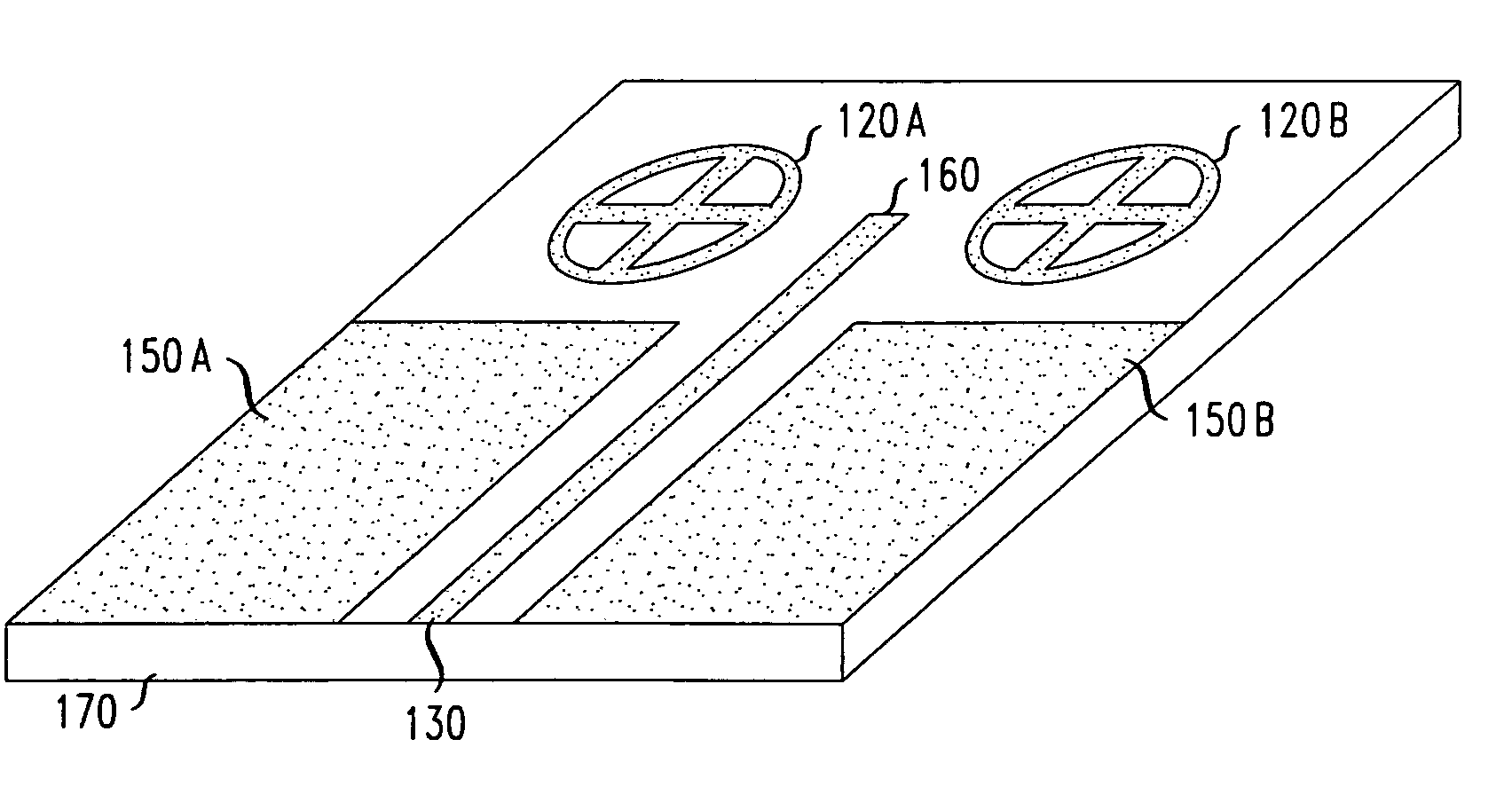Miniaturized antennas based on negative permittivity materials
- Summary
- Abstract
- Description
- Claims
- Application Information
AI Technical Summary
Benefits of technology
Problems solved by technology
Method used
Image
Examples
Embodiment Construction
[0017] Although no naturally occurring materials are known that exhibit negative electrical permittivity or negative magnetic permeability at microwave frequencies, such behavior can be made to occur over a limited frequency range in artificial materials such as so-called structured dielectrics, also referred to as metamaterials. Typical metamaterials are constructed from periodic arrays of wires or metal plates. Negative permittivity has also been observed in plasmas having certain charge densities.
[0018] Some such metamaterials having properties which may be useful in the present context are described in R. A. Shelby et al., “Experimental Verification of a Negative Index of Refraction”, Science 292 (2001) 77. Various designs for such metamaterials are provided in D. R. Smith et al., “Composite Medium with Simultaneously Negative Permeability and Permittivity”, Physical Review Letters 84 (2000) 4184 and R. A. Shelby et al., “Microwave transmission through a two-dimensional, isotro...
PUM
 Login to View More
Login to View More Abstract
Description
Claims
Application Information
 Login to View More
Login to View More - R&D
- Intellectual Property
- Life Sciences
- Materials
- Tech Scout
- Unparalleled Data Quality
- Higher Quality Content
- 60% Fewer Hallucinations
Browse by: Latest US Patents, China's latest patents, Technical Efficacy Thesaurus, Application Domain, Technology Topic, Popular Technical Reports.
© 2025 PatSnap. All rights reserved.Legal|Privacy policy|Modern Slavery Act Transparency Statement|Sitemap|About US| Contact US: help@patsnap.com



